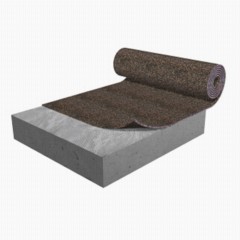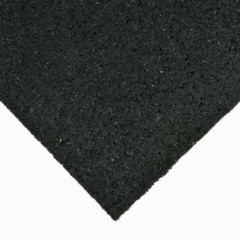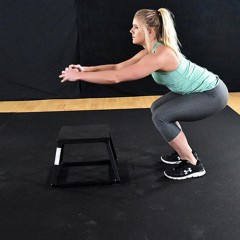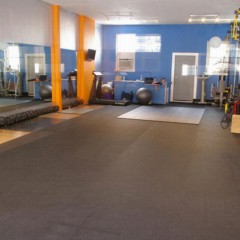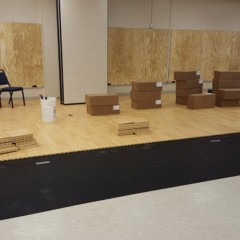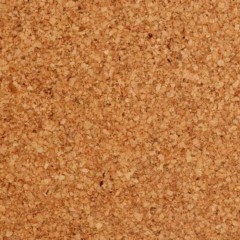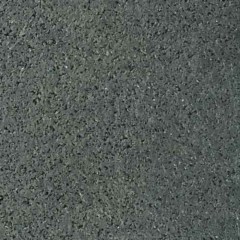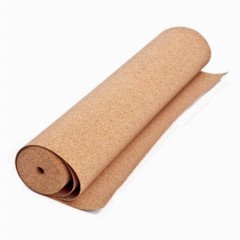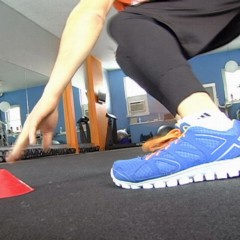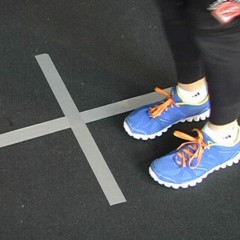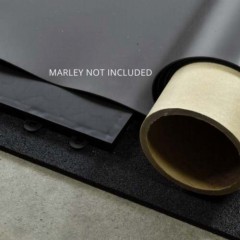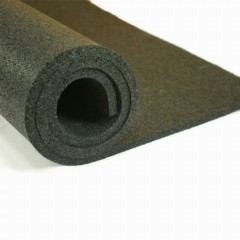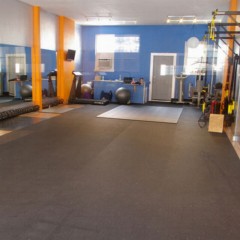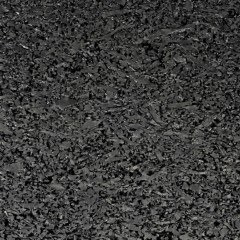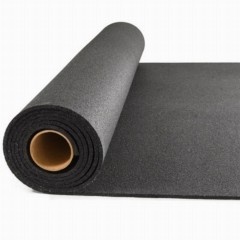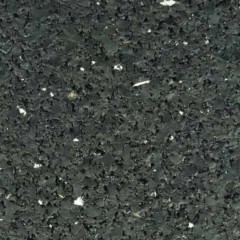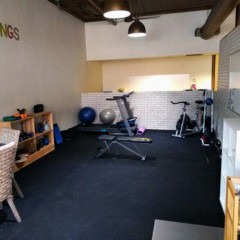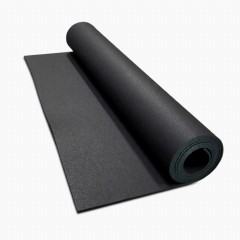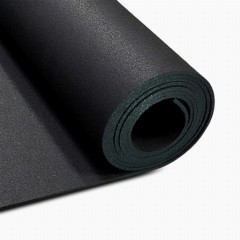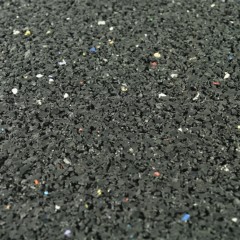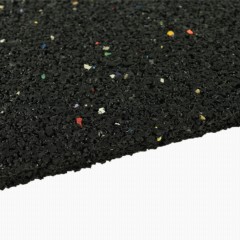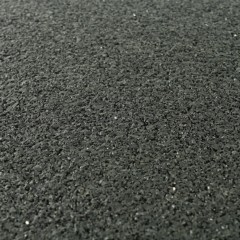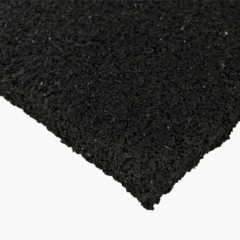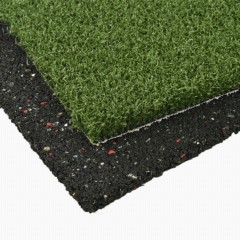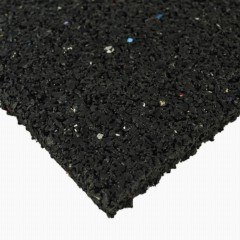Rubber Underlayment and Cork Underlayment Options
When installing an underlayment for a gym floor, vinyl plank floor, or hardwood floor, you need material that’s durable, dense, thermal-resistant, and easy to install. At Greatmats, we offer both rubber underlayment and cork underlayment. You can use them in a variety of locations, including as gym floor underlayment and in residential and commercial locations.
With our high-quality underlayment pad products, you’ll receive long-lasting installations that you won’t need to replace until it’s time to take out the main flooring itself. Our underlayment options work so well that you’ll probably almost forget they’re there – you’ll just continue to enjoy the cushioned floor and reduced noise they provide for as long as the main floor remains in place!
Types of Cork and Rubber Floor Underlayment
Some of the options to consider with a cork vs. rubber underlayment include the following.
Rubber Underlayment
The most common type is rubber floor underlayment. Versatile and offering excellent sound-dampening properties, it can be installed in areas where moisture may be an issue. It is resistant to mildew, making it a great choice for many applications.
It can be loose-laid or adhered with an adhesive strip, glue, staples, or tape. We offer it in a variety of thicknesses and designs to suit the project.
It is available for athletic installations.
Athletic floor underlayment is designed to cushion the impact on the lower body joints when doing repetitive motions on hard flooring. This provides a cushion on hard surfaces, like concrete, and does not break down or compress. Dry lay this for a simple installation.
Cork Underlayment
This is a popular choice for both commercial and residential buildings where sound dampening is a priority. It has a “spring back” property that allows the cork to return to its original shape even after being compressed. Additionally, cork is naturally filled with air pockets, making it an efficient thermal insulator.
Ours are easy to handle for a simplified installation. Think about our
3 mm roll for use when the flooring is ceramic, natural stone, or wood.
For a thicker tile underlayment for tile floor installations, consider our
12 mm mat.
Soundproof Underlayment
Our products are made from recyclable materials and can yield points toward LEED Green Building Council Certification. The floor underlayments will not be crushed or degraded over time.
We have a variety of models that are suitable for home or commercial projects. While exploring options, please don't hesitate to give us a call. Our experts would be happy to help find the right product. They can also provide samples and detailed information on shipping.
Benefits of Rubber and Cork Underlayment
Flooring underlayments offer a range of benefits when using either cork or rubber.
Cork Floor Underlayment Benefits
- Thermal insulation maintains warmth underfoot
- Durable material won't compress
- Moisture-resistant for a healthier living environment
- Hypoallergenic
- Environmentally renewable resource
Rubber Floor Underlayment Benefits
- Mold and mildew resistant
- Dampens noises for a quieter environment
- Permanently resilient and will not become brittle with time
- Environmentally friendly
- Often consists of black tires that have been recycled and can often be recycled again in the future
Use Types for Rubber and Cork Floor Underlayment
You can use these products as an underlayment for rubber gym flooring, residential floors, or commercial floors. Some of the specific use cases include:
- Sport facility
- Plyometric gym
- Fitness center
- Dance academy
- Residential rooms
- Basements
- Commercial locations
- Retail settings
Whether you use wood board planks or vinyl interlocking planks as the main flooring, our underlayment floors are the perfect choice. You can select among multiple thicknesses to match the use case you have in mind. Some of the most common thicknesses include 3 mm, 6 mm, and 10 mm underlayment, although we offer products ranging from 2 mm to 1 inch in thickness.
Cork and Rubber Underlayment Q&A
How does sound floor underlayment work?
Sound floor underlayment provides a noise barrier by interrupting the transmission of sound from a subfloor to a ceiling in a room below. A gym floor underlay would absorb footfall noise directly striking the floor as well as ambient noise in the room, for example, making a room underneath quieter.
What is the best rubber underlayment for floors?
The
best rubber underlayment for floors will depend on how thick you need the underlayment for rubber flooring to be. A thicker underlay for rubber gym flooring will provide extra cushion and noise suppression. We offer materials in roll, mat, and tile formats. Rolls are usually thinner than mats and tiles.
What are the best cork underlayment and flooring options?
The
best cork underlayment options include our
3 mm Cork Underlayment Roll, which meets building codes for going underneath layouts for wood, ceramic, or stone flooring. When you want to use cork as your primary flooring, consider our
Cork Laminate Latvia product, which is stylish and long-lasting while absorbing shock and noise.
Do you need underlayment for vinyl plank flooring?
Yes,
using underlayment with vinyl plank flooring layouts is a good idea to add cushioning, noise suppression, and a thermal barrier against cold concrete. Using a rubber underlayment for hardwood floors is also a good idea. Some vinyl planks have an underlayment attached to the back side, so you do not need to add an additional layer.
How do you install underlayment for vinyl flooring?
To install underlayment for vinyl flooring, start by clearing the subfloor of any debris. Install a vapor barrier if needed. Attach the underlayment material to the subfloor with glue, tape, or tacks. Cut the material to fit tightly against walls. Do not overlay the sections of the underlayment material, or you’ll have an uneven thickness measurement.
 $171 /sqft You Save 5%Shop$615 /sqft You Save 33%Ships Out in 7-10 Working Days SustainableShop$213 /sqft You Save 19%Ships Out in 11-14 Working Days SustainableShop$126 /sqft You Save 20%Ships Out in 7-10 Working Days SustainableShop$170 /sqft You Save 19%Ships Out in 11-14 Working Days SustainableShop$138 /sqft You Save 19%Ships Out in 7-10 Working Days SustainableShop$124 /sqft You Save 20%Ships Out in 7-10 Working Days SustainableShop$181 /sqft You Save 19%Ships Out in 7-10 Working Days SustainableShop$209 /sqft You Save 19%Ships Out in 7-10 Working Days SustainableShop$153 /sqft You Save 19%Ships Out in 7-10 Working Days SustainableShop
$171 /sqft You Save 5%Shop$615 /sqft You Save 33%Ships Out in 7-10 Working Days SustainableShop$213 /sqft You Save 19%Ships Out in 11-14 Working Days SustainableShop$126 /sqft You Save 20%Ships Out in 7-10 Working Days SustainableShop$170 /sqft You Save 19%Ships Out in 11-14 Working Days SustainableShop$138 /sqft You Save 19%Ships Out in 7-10 Working Days SustainableShop$124 /sqft You Save 20%Ships Out in 7-10 Working Days SustainableShop$181 /sqft You Save 19%Ships Out in 7-10 Working Days SustainableShop$209 /sqft You Save 19%Ships Out in 7-10 Working Days SustainableShop$153 /sqft You Save 19%Ships Out in 7-10 Working Days SustainableShop




